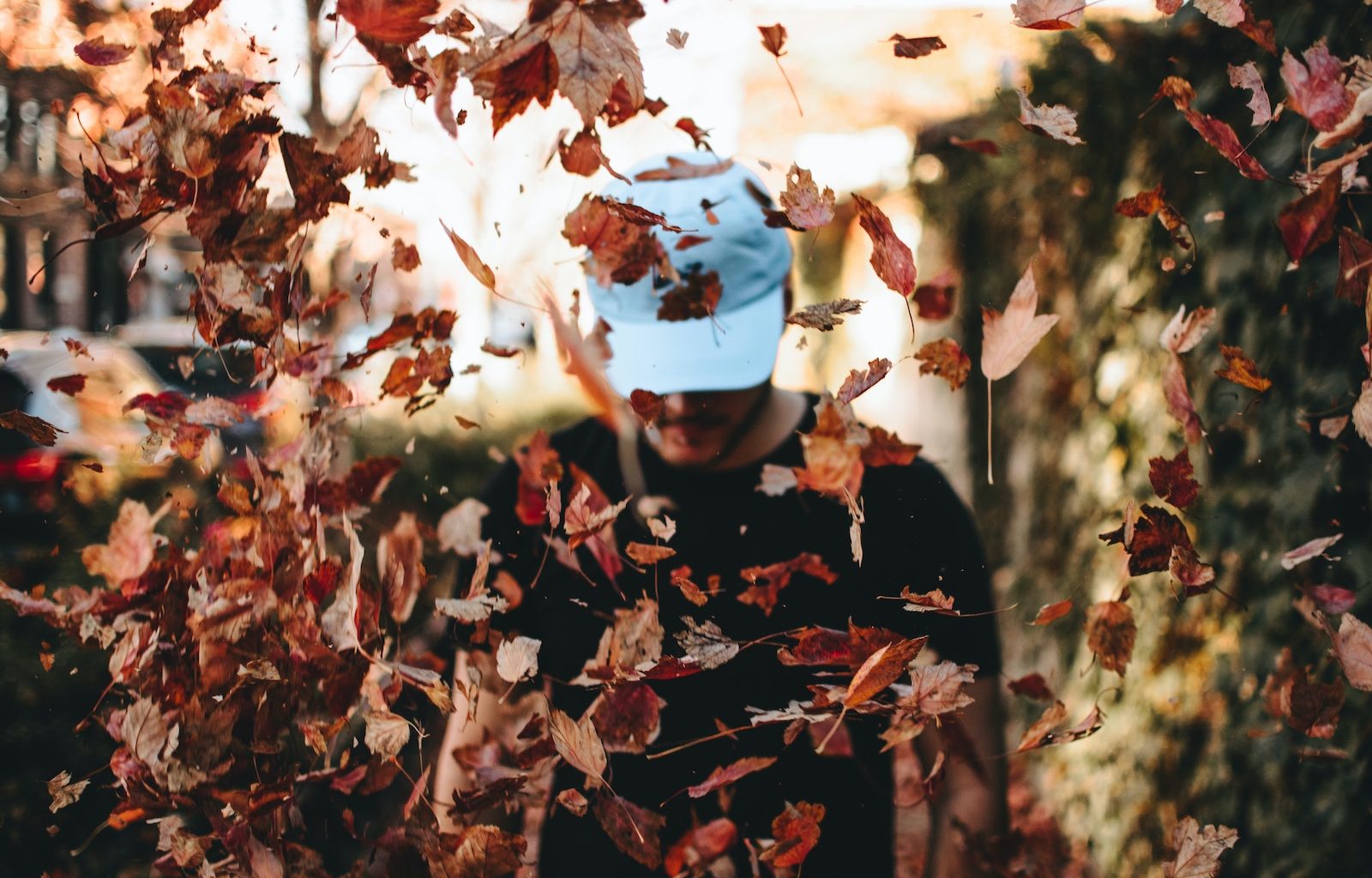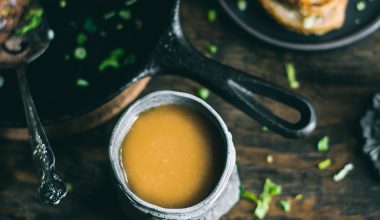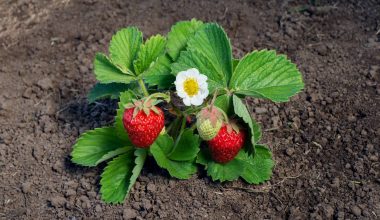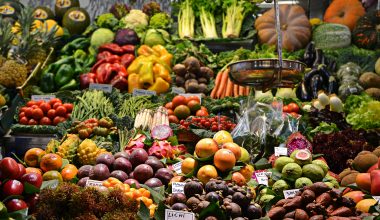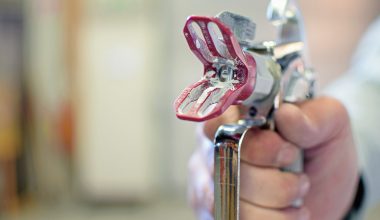It’s that time of the year again, where crisp golden leaves have slowly fallen and scattered all across town. Have you ever wondered how you can take advantage of the season to create your very own leaf composter?
Gardeners refer to compost as Black Gold and Autumn is the best season to turn nothing into something for next year’s garden and flowerbeds. Leaves are bountiful in Fall and practically free!
With a few key steps, they can quickly be turned into enough compost to last till late Spring. Want to know how? Keep scrolling to find out!
What Types Of Leaves Are The Best For Composting?
The key to creating a great pile of compost is to ensure you’re selecting the best leaves. Different leaves have different rates of decomposition, nutrient content and pH levels.
At the top of the list are the leaves from Maple, Birch, Ash, Cherry, Cottonwood and fruit trees. These are excellent choices because of the high nutrient content and structure of the leaves that break down fast.
P.S. If you’re wondering why Oak is not in the list, it’s because they lean toward the acidic side and can throw off your compost’s pH levels. They also have the lowest nutrient levels which don’t make them ideal. It is, however, okay to use less than 20% of Oak leaves if you really have to.
Subsequently, there are a few trees that you should avoid completely because it contains toxins that can harm plants, prevent some seed crops from germinating and even humans if doses are high enough. The most notably would be Walnut, Eucalyptus and Horse Chestnut Trees. Just leave them out to be safe!
Next, It’s Time To Shred!
Now you know what leaves to use, it’s time to break them down to ensure they decompose quickly. First, move the leaves towards where you are going to be composting by using a leaf blower. The easiest way to do this is by shredding them before you create your pile. Trust me, the broken and torn edges created from the shredding will significantly speed up your process!
Just FYI, don’t freak out about having to shred leaves for this. There are plenty of low-cost electric leaf & debris shredders on the market these days and they do the perfect job. Check them out on Amazon, eBay or even your local garden center/ hardware store. Whichever’s the most convenient for you!
Pro-Tip – A push mower or riding mower can also accomplish this task if you’re not keen on spending. Mowers with a bag attachment will be perfect to shred and easily collect your pile.
Let’s Build The Pile
We’re almost there now! All we need to do is build a pile of fast working leaf compost. This is unlike a typical compost pile whereby the process is to continuously add new biodegradable materials when it becomes available.
The beauty of a leaf compost is that it can be completed all in one go! The leaf compost gets working and stays working without having to break down additional biodegradable materials later.
Reminder: Compost piles made from just leaves will still take a significant amount of time to decompose, this is why there’s a method to this amazing madness to get it going as you build it.
To get the most out of your leaf compost, it takes a proper balance of brown (carbon) & green (nitrogen) materials. Don’t fret just yet, it’s actually quite simple!
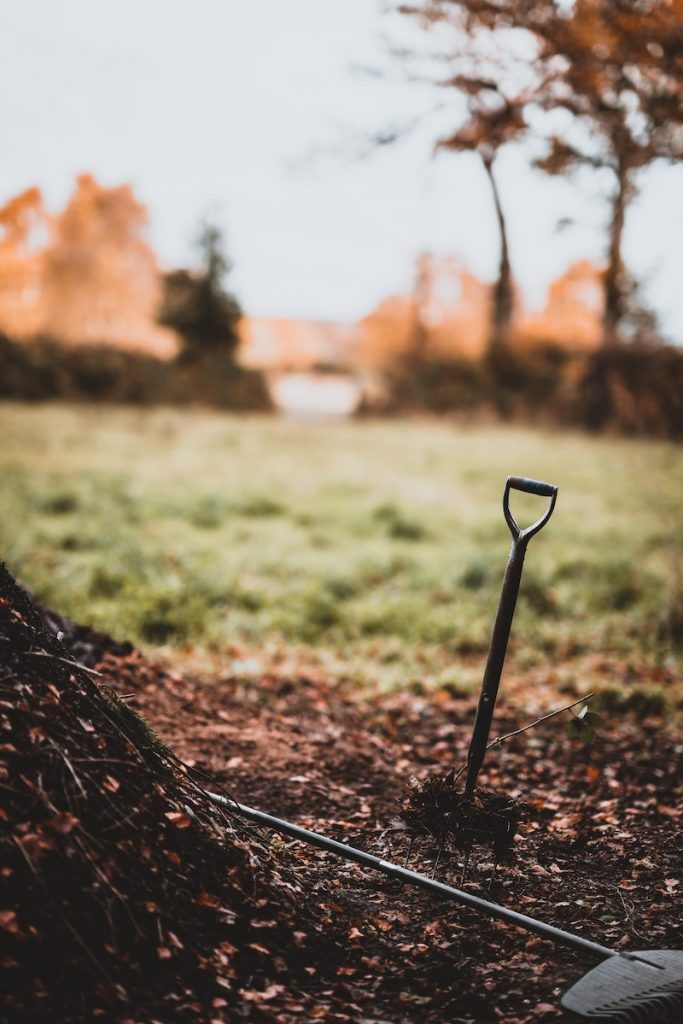
A good rule of thumb:
- Brown materials consist of leaves, straws, wood shavings, small twigs, dead grass etc.
- Green materials consist of vegetable peels, coffee grounds, plant clippings, manure, green grass etc.
Pro-Tip – If you add some existing compost to your pile, it’ll speed it up even more!
What Should Go In Your Leaf Compost?
To start off, pile about 3’ x 3’ x 3’ of shredded leaves. Next, add about 5 gallons of fresh compost and 2 or 3 more buckets of fresh green materials. Since it’s the end of the growing season, it’s also good to throw in some soil mix from your seasonal plants and finish up by adding another 5 gallons of green materials in hand.
Pro-Tip – From then on till Spring, you can opt to add more green material to your leaf compost as another source of nutrients.
Turning The Pile Is Essential
Just like any old traditional compost, a leaf compost will greatly benefit from you occasionally turning it. This helps to introduce oxygen and distribute moisture levels evenly in the pile.
It helps tremendously to turn your leaf compost twice minimum per week until it freezes in the Winter. If it’s feeling a bit fry, feel free to add a little bit of water to the mix. As soon as Spring comes along and the temperature rises again, continue turning on a bi-weekly basis.
Now that you’ve got the gist of it, cheers to Black Gold! This should get you all ready for a garden fiesta by early June with a DIY leaf compost that is all ready to go and full of nutrients for your plants.
